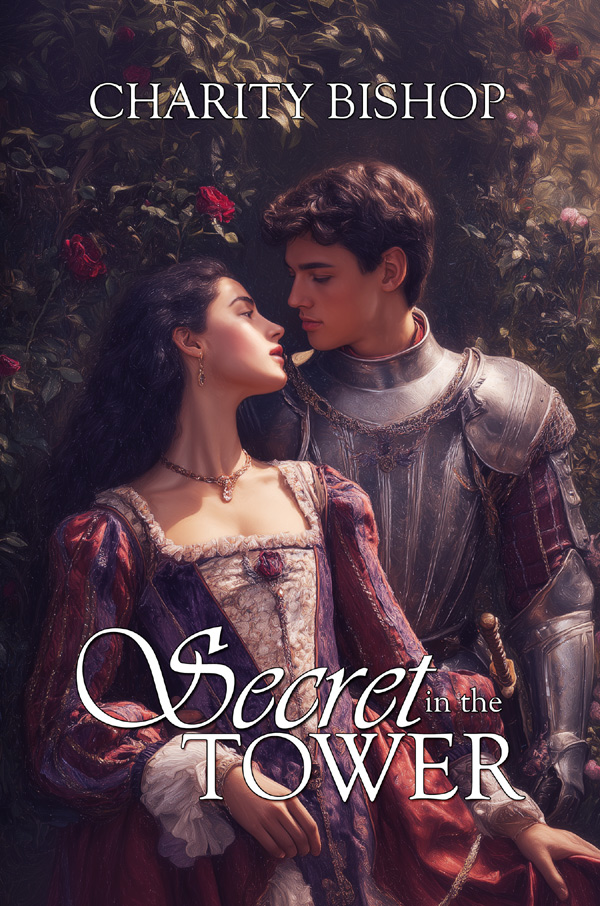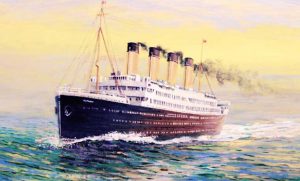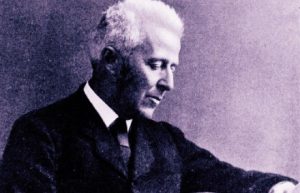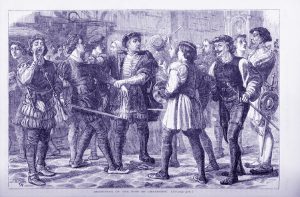
The Spanish Princess has captivated audiences with its lush costumes and dramatic portrayal of Catherine of Aragon’s early years, but how accurate is this Tudor-era television series when held up against the historical record? Based on Philippa Gregory’s novel, the show blends fact with fiction, often taking significant liberties with real events, characters, and timelines. In this essay, we’ll explore the historical inaccuracies in The Spanish Princess, separating the dramatized narrative from the documented truth about Catherine of Aragon, Henry VII, Elizabeth of York, Henry VIII, and the Tudor court.
With over 25 years of studying the Tudor period and a seven-book Tudor historical fiction series to my name, I bring a well-researched and passionate perspective to the lives of Henry VII, Catherine of Aragon, and the court that shaped them. If you enjoy peeling back the layers of fact and fiction in Tudor dramas, you’ll feel right at home here, and maybe even find yourself intrigued enough to explore my novels that bring this world to life in rich, imaginative detail.
Episode Four: The Battle for Harry
Now caught between politics and personal ambition, Catherine sets her sights on Prince Henry. Their growing attraction unfolds against a backdrop of courtly intrigue, power struggles, and the looming question of succession.
Margaret Beaufort Finally Gets Her Due
This is the first episode that does justice to Margaret Beaufort. I’ve always had a soft spot for the mother of the Tudor dynasty. She was intelligent, politically shrewd, deeply devout, and fiercely devoted to her grandchildren. Henry VII trusted her counsel implicitly. She also lived out her Christian values by taking in the poor, funding their education, and helping them find positions in society. And I also feel bad for her, being so maligned after being married off at thirteen, raped by her husband, and almost losing her life in childbirth. An abused woman deserves better than how this show treats her.
Henry’s Grief and Margaret’s Departure Blended for Drama

I appreciated the show’s take on Henry’s grief. The death of his wife devastated him emotionally and almost killed him physically. Henry secluded himself for a month following Elizabeth’s death, lost in depression and battling a resurgence of his tuberculosis. Given the religious beliefs of the time, Henry might have questioned the sovereignty of his rule and whether his wife’s death was a sign of God passing judgment on his political and moral decisions (which included executing all claimants to the throne). Not only would he have dealt with his grief, but also self-blame, doubt, and wrestling with his conscience. Being on his deathbed would have forced him to consider his own mortality and the kind of kingdom he would leave behind for his children. He emerged from this a changed man. His mother, Margaret Beaufort, nursed him, though she didn’t act as regent until after his passing.
In contrast to the show’s timeline, Margaret Tudor’s departure for Scotland occurred later. Both her father and grandmother accompanied her partway on her journey, escorting her to one of Margaret Beaufort’s northern estates before offering a formal farewell.
Edmund de la Pole’s Rebellion Was No Surprise
The inclusion of Edmund de la Pole, Duke of Suffolk, as a would-be usurper makes sense for drama, but the notion that his presence abroad was a sudden revelation doesn’t align with the facts. Henry VII had been aware of Suffolk’s movements for some time. In 1501, he dispatched his enforcer Sir Thomas Lovell (a key figure in The Usurper’s Throne) to arrest him. Suffolk escaped before Lovell could reach him and sought protection in the Holy Roman Empire. Henry spent years negotiating his extradition. Edward never returned to England in the interim or colluded with Margaret Pole; such a move would have been suicidal without military backing.
The series also misrepresents Queen Isabella’s stance. Rather than demanding her daughter’s return to Spain, Isabella felt determined to preserve the Anglo-Spanish alliance. She instructed her envoys to do everything in their power to renegotiate a new match between Catherine and young Prince Henry, a testament to Spain’s strategic concerns about France.
The Papacy Had the Final Say
The show implies a scandal over Catherine’s virginity, but at the time, such a concern wouldn’t have alarmed a deeply Catholic court. The Pope could (and later did) issue a dispensation for her to marry Prince Henry, regardless of whether she consummated her marriage to Arthur. That theological and legal debate did not come into play until years later, when Henry VIII sought an annulment.
It’s also inaccurate to claim Arthur and Catherine shared a bed nightly at Ludlow. Arthur is only recorded as having visited her chamber a handful of times.
Catherine Was Not Cast Out, But Relocated with Dignity

Margaret Beaufort did not “banish” Catherine of Aragon from the royal court. After Arthur’s death, Margaret graciously offered Catherine her own residence at Croydon, where she and Catherine got along well. There, Catherine no doubt saw the many homeless people Margaret took in off the street. She would educate them and find them positions among the aristocracy, so they could earn a living. This is just one indication of her genuine faith, which the series omits to keep her as a jealous, petty, insecure villain.
As tensions escalated between England and Spain over Catherine’s dowry and status, King Henry gave her Durham House, not some forgotten backstreet shack, but a stately London residence where she had to live within a reasonable budget. Catherine was used to spending as much in a month as the Tudor court lived on in six months, which made her struggle to economize.
Young Prince Henry Would Never Roam Around Unescorted
The depiction of young Henry Tudor riding around the streets of London unguarded is pure fiction. His father was obsessively protective and ensured his heir remained under constant supervision. Even if the young prince had wished to visit Catherine at Durham House, he would have done so with a full escort and only by permission. The heir to the throne didn’t wander around the capital casually, not in Tudor England and with dozens of enemies waiting to cut his throat.
Explore the Real Stories Behind the Drama
The dramatic events in this episode are based on true history, though not always told accurately. You can explore the authentic version in The Welsh Gambit, where Margaret Pole’s life unfolds in the aftermath of Arthur’s death; in The Secret in the Tower, which follows Catherine of Aragon as she adjusts to her uncertain future in a new home; and in The Last Fire-Eater, where the marriage of Margaret Tudor to James IV of Scotland takes center stage against a backdrop of political tension and her mother’s final confinement. Dive into The Tudor Throne Series to see what really happened.







